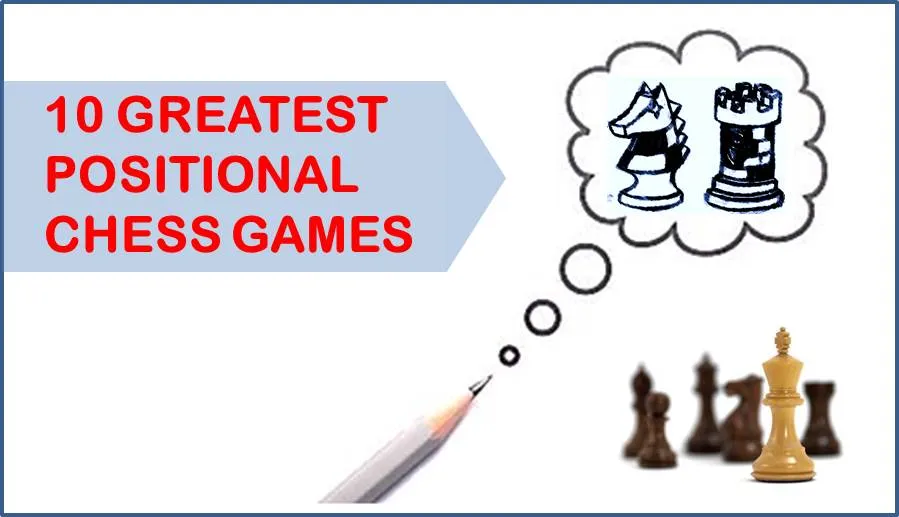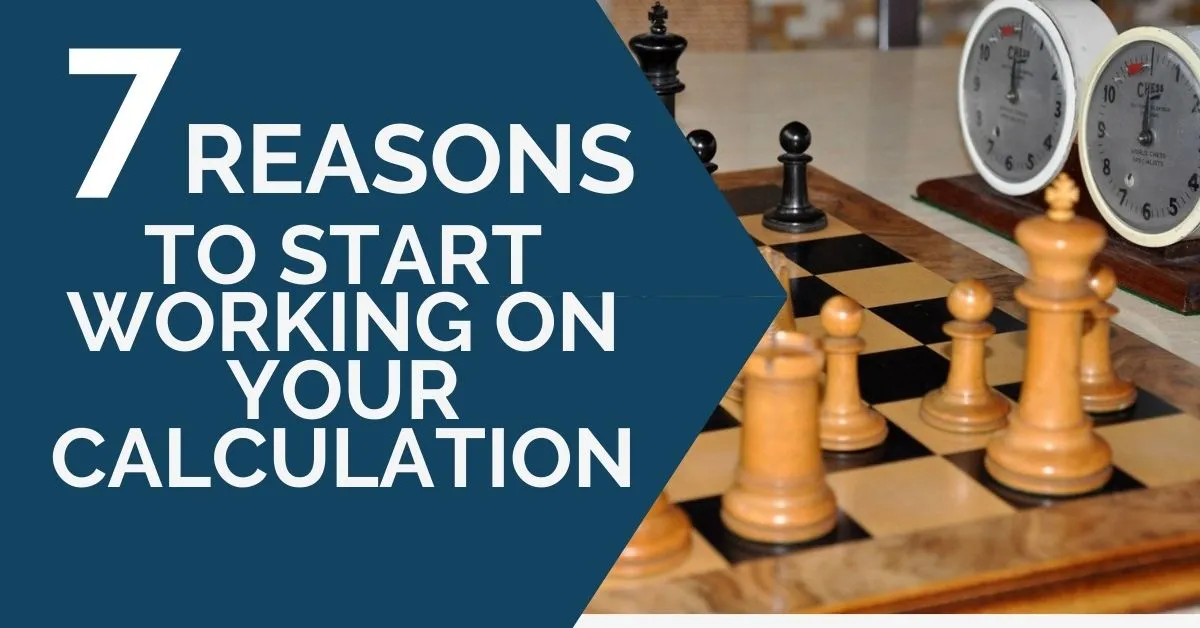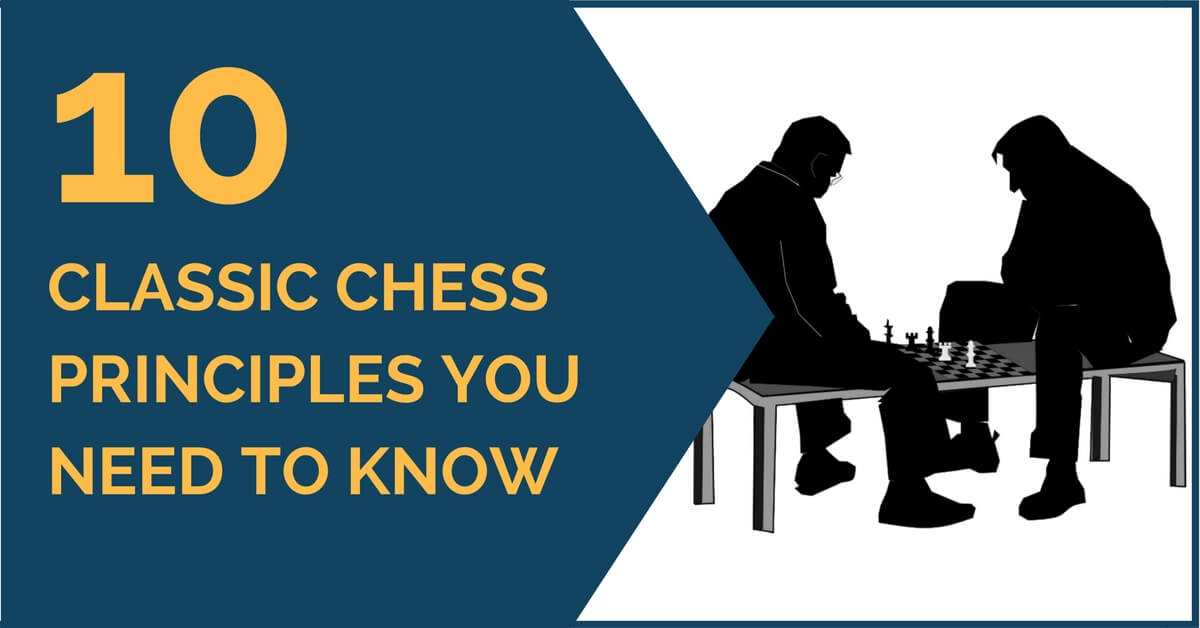3 Lessons To Learn From Vladimir Kramnik
Vladimir Kramnik is one of the greatest chess players of our time. His positional playing style and fabulous endgame technique are quite unique and his games make great studying material for those who want to improve these aspects of the game. Kramnik’s contribution to the opening theory should not go unnoticed either; if the Berlin variation is so popular today it is because of its revival back in the year 2000 when he employed it to neutralize Kasparov’s 1.e4 during the match for the world title, which he won.
Not only this, but Kramnik is also one of the biggest specialists on the Catalan/ Reti systems and his ideas have developed and enriched the theory of these openings. Kramnik is also quite strong on the attack. Contrary to the (wrong) opinion among chess aficionados who have Kramnik for a “boring player to watch”, it’s quite the opposite. If his positions demand attack, he won’t ignore it. He has produced several attacking games with beautiful Tal-like combinations.
However, it may be that it takes certain level of positional chess understanding in order to fully appreciate Kramnik’s games. In this article we are going to look into the sharpest version of Kramnik’s style and if you thought in the past that Kramnik was boring, our challenge is to change your mind. In the following games you’ll see how from a seemingly modest fianchetto Kramnik is able to take over the initiative and create powerful attacks against the king.
Lesson 1: Reti Opening
It is when Kramnik plays Open tournaments that he gets more creative. It is easy to understand that in closed tournaments against well-known opponents of similar strength is natural to be cautious, but his games at Opens, League games or Olympiads are quite a different thing. The following game against the GM Aleksander Mista played in the Qatar Open is one good example.
Kramnik begins with 1.Nf3 (his all-time favorite 1st move) followed by a fianchetto and castle, leaving all options open for later. He will decide which pawn to advance depending on his opponent’s setup. Mista played in a classical way, but after a few natural moves he found himself in trouble. The attack came so silent that it was unnoticed until it was too late. See the details here:
Lesson 2: Grunfeld defense – an interesting pawn sacrifice
In the following game Kramnik, with the white pieces, is facing the rising American star Daniel Naroditsky, a very talented player with a rating over 2600. Once again Kramnik went for 1.Nf3 and soon the game transposed into one of the main lines of the Fianchetto variation of the Grunfeld defense.
Ready to start systematic training that actually works?
Click here to start your training using the day-by-day program.
Kramnik’s play is quite instructive; he first sacrifices a pawn which grants him the bishop pair, but, more importantly, his opponent loses the fianchetto bishop, which leaves his king permanently weak. However, white’s attack is not evident at all and it takes a lot of subtle maneuvering to put black under pressure. See the full game here:
Lesson 3: Sacrificing a la Tal
A famous quote by the great Mihail Tal says: “there are two types of sacrifices – the right ones and mine”. Obviously, the magician of Riga was exaggerating about the incorrectness of his famous sacrifices. Although there was usually a defense or at least a more stubborn resistance for his opponents, the problems put in practice were simply too big to solve under a time limit, so what’s incorrect about them? Believe it or not, Kramnik does have a few games in which he seems to be the reincarnation of the great Mihail Tal.
In the following game against GM Anton Shomoev (2579) we will see how Kramnik simply ignored his opponent’s threats and went on with only one target in mind: the black king. As usual, Kramnik opened with 1.Nf3 followed by the fianchetto, but as we have already seen, this doesn’t mean white won’t play for mate!
We hope you have enjoyed reading this article and the games explained above. Feel free to leave any feedback. Thanks for reading!
We hope you have enjoyed this article learned how to play these positions. So, the next time your opponent offers you a draw in this type of endgame because it seems equal, refuse confidently and go on to win it! Thank you for reading!
If you want to improve your chess level, you need to have a clear study plan. If you aim for a dramatic improvement at chess you need to work on all of the elements of the game in a systematic way:
- tactics
- positional play
- attacking skills
- endgame technique
- classical games analysis
- psychological preparation
- and much more
That seems to be like a lot of things, and that is. But no worries, we have made it easy for you. Our comprehensive training course covers it all and much more. Sign up for 21 Day Training right now!










Comments: